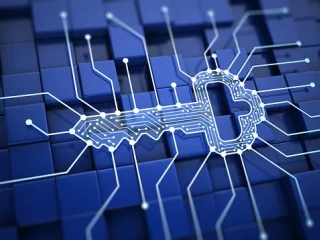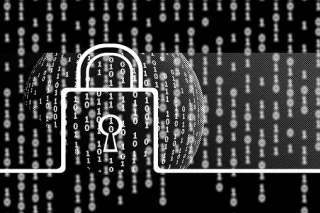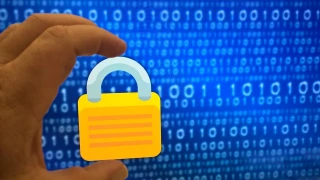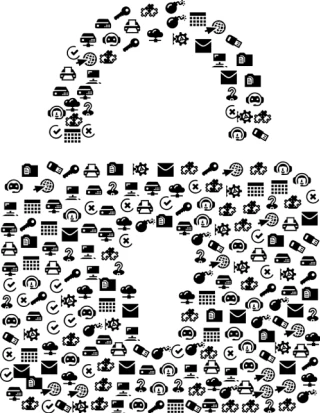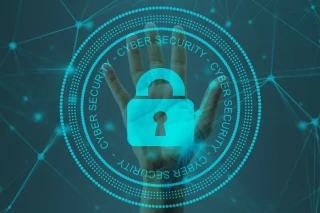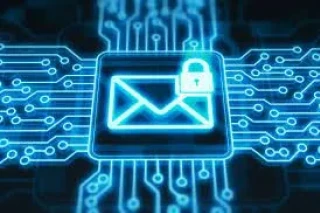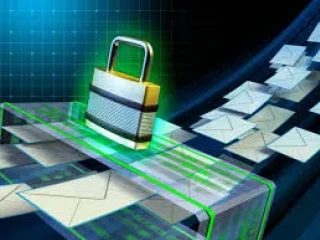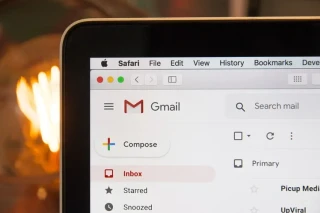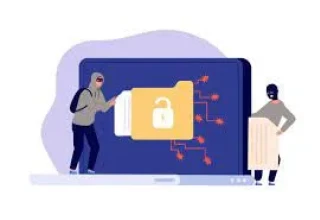Guardian Digital's Cyber/Email Security Resources Hub
Terms, Definitions & Basics of Email Security
The use of end-to-end encryption (E2EE) has increased in recent years, making it more difficult for anyone but the sender and recipient to read or understand messages.
Over 90% of cyberattacks begin from an email. Given how often individuals and businesses utilize email, this percentage is scary. These attacks have cost organizations an average of $13 million in damages, which will continue to grow.
With Google Workspace hitting over three billion users and Microsoft 365 at nearly 345 million, it is clear that cloud-based email is the current standard. With any type of digital program comes the need for digital security, and cloud email security is no exception.
Email security threats evolve regularly, and businesses must keep pace more than ever. Email addresses are one of the most high-value data assets for cybercriminals since they can grant them access to many of their targets’ other accounts, most importantly, financial accounts.
Cyberattacks no longer remain a question of ‘if’; they now simply become ‘when.’ Unfortunately, it’s just a matter of time until your corporate or private information gets hacked. While conventional antivirus software or firewall is an excellent start to prevent cyberattacks, they may not be enough.
With the increase in email usage over the years, there has also been an increase in cyber threats. So, email security should be at the top of your list of priorities. Encryption is one technique that has proven to be a game-changer for many industries.
Althought it may seem counterintuitive, as a small business, you face heightened cyber risk. Cybercriminals recognize that small businesses often lack the resources and expertise required to defend against cyberattacks, and readily exploit these weaknesses.
Many people are likely unaware of how large a cybersecurity vulnerability their email represents. This is not to disrespect the excellent work of our favorite communication tool. Still, given that email was never designed to be secure, we should use it only in addition to other forms of communication.
IT security isn’t always a business’s top priority when they think about spending money. They know it's essential, but to them, it seems like a vague, intangible matter they cannot see the benefit of.
Securing an open-source project requires significant effort, knowledge, and the ability to devise and implement a security strategy. In this article, we’ll explore critical considerations and offer tips and best practices for planning and implementing your open-source security efforts.
Ninety-five percent of successful enterprise network and server attacks resulted from spear phishing emails. This type of phishing attack has become a growing concern in the cybersecurity world due to how believable the emails can be and how easily workers can become victims.
Keystroke logging, or keylogging, is a data collection software that can record anything you type on your computer. Threat actors can use this attack to obtain information regarding your bank account numbers, credit card information, and login credentials like passwords on your computer.
Emails are a widespread form of communication. Unfortunately, from over 6.69 billion email accounts in existence, a fourth of them will be or have been hacked.
Spam emails and phishing email attacks carrying malware and ransomware have increased the necessity for vital, robust, dependable email filtering services. As these email threats evolve, companies need more efficient ways to stop spam emails and other types of email attacks.
As threat actors strengthen their options for email security breaches and phishing email attacks, organizations and their employees must increase their email protection by implementing data loss prevention and malware protection that can combat any email threat. The first step towards web and email security is incorporating a secure email service into your business that can disguise messages so hackers cannot read them.
Enterprises have incorporated cloud services into their business operations to reduce online costs, increase agility, provide more business expertise, and improve a company’s web and email security. Using a Software-as-a-Service (SaaS) cloud model helps apply email security services to a business.
Spam emails create constant aggravation, as these unsolicited bulk-sent junk emails clutter mailboxes and distract employees from completing tasks. Despite the frequent annoyance these messages cause, spam emails tend to get overlooked as insignificant email security threats, so companies do little to handle them.
If you encountered an email that appeared to be from a trusted client, familiar, or company senior but was from a cybercriminal, you experienced an email spoofing attack first-hand. These scammers impersonate people you know to steal information from you. These social engineering attacks have become much more prevalent and effective since they are so believable, so your association and employees must know all about email spoofing to protect your company from email security breaches.
Between 2016 and 2019, companies lost over $26 billion worldwide as a result of Business Email Compromise (BEC) or CEO fraud attacks, according to the FBI. Cybercriminals impersonate CEOs and business higher-ups to appear trustworthy when convincing victims to provide sensitive or private credentials. Once this information is in the threat actor’s hands, organizations can suffer data loss, account takeovers, and reputational damage. This article will discuss CEO fraud, the most popular attack methods, and your options to prevent these email security risks.
At work, an account tells you to click a link to business pitches, but it seems fishy. Perhaps you’ve been targeted with a phishing attack, and not identifying it will result in a bad situation. In the modern work environment, email phishing threats are more pervasive than ever and continue to get more sophisticated. Over 90% of modern cyberattacks begin with a phishing email.
Roughly 4,000 crypto virus attacks occur daily, and the United States government estimated that these email threats take $1 billion in ransom every year. Unfortunately, that price is only a portion of the money that goes into mitigating these malware ransomware attacks, as companies need to spend excessive amounts of time and energy decrypting files while data loss, significant downtime, and reputational damage resulting from email security issues.
